What are the advantages of inert ceramic balls?
1. High chemical stability:
* Strong resistance to corrosion: Inert ceramic balls can resist the corrosion of various acids, alkalis, salts, and organic solvents. In chemical production, it is common to come into contact with strong acids (such as sulfuric acid, hydrochloric acid) and strong alkalis (such as sodium hydroxide)
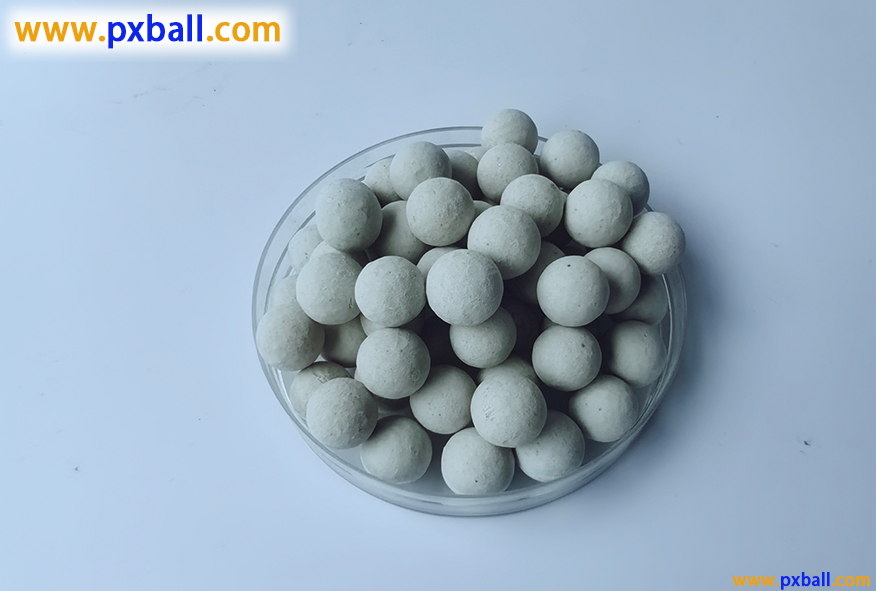
II. Excellent Physical Properties
1. High Temperature Resistance: Inert ceramic balls have extremely high temperature resistance, allowing them to operate stably at high temperatures for a long time. They can generally withstand temperatures up to 1000°C or even higher, making them an important component in high-temperature reactors, catalytic cracking units, and other high-temperature industrial equipment. In these high-temperature environments, they do not soften, deform, or break, ensuring the normal operation of the equipment.
2. High Compressive Strength: Inert ceramic balls undergo high-temperature sintering and other processing techniques, resulting in high compressive strength. They can withstand high pressure without breaking, allowing them to support the weight of fluid and catalyst in reactors and towers, providing a stable support for the catalyst.
3. Low Water Absorption: Low water absorption means that inert ceramic balls will not absorb water or other liquids during use, thus maintaining the stability of their physical properties. This is particularly important in applications where the equipment comes into contact with liquids or operates in humid environments, preventing performance degradation and equipment damage due to water absorption.
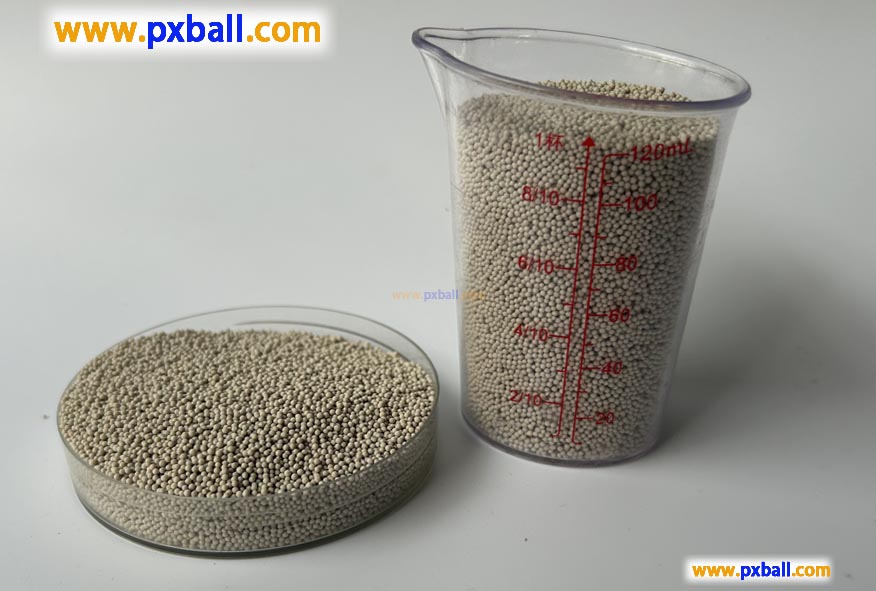
Three. Structural features are prominent
1. Good sphericity: Inert ceramic balls usually have good sphericity, which allows them to form a uniform void structure when filled into reactors or towers, facilitating the uniform distribution of fluids and enhancing the mass transfer and heat transfer effects. The spherical surface also reduces the fluid flow resistance, improving production efficiency.
2. Moderate porosity: With moderate porosity, it can provide sufficient adsorption area for the catalyst while not affecting the fluid flow performance. The existence of porosity can also increase the specific surface area of the ceramic balls, enhancing their adsorption and catalytic capabilities, and playing a positive role in some special application scenarios.
Four. Wide Application
1. Suitable for Various Processes: Inert ceramic balls can be used in various processes in the petrochemical, fertilizer, natural gas, and environmental protection industries, among others. Whether used as catalyst carriers, fillers, or support materials, they can demonstrate their unique advantages and meet the needs of different processes.
2. High Flexibility: They can be customized according to specific process requirements, including different specifications, materials, and performance. This makes them highly adaptable to various complex industrial applications, providing flexible and diverse solutions for production in different industries.
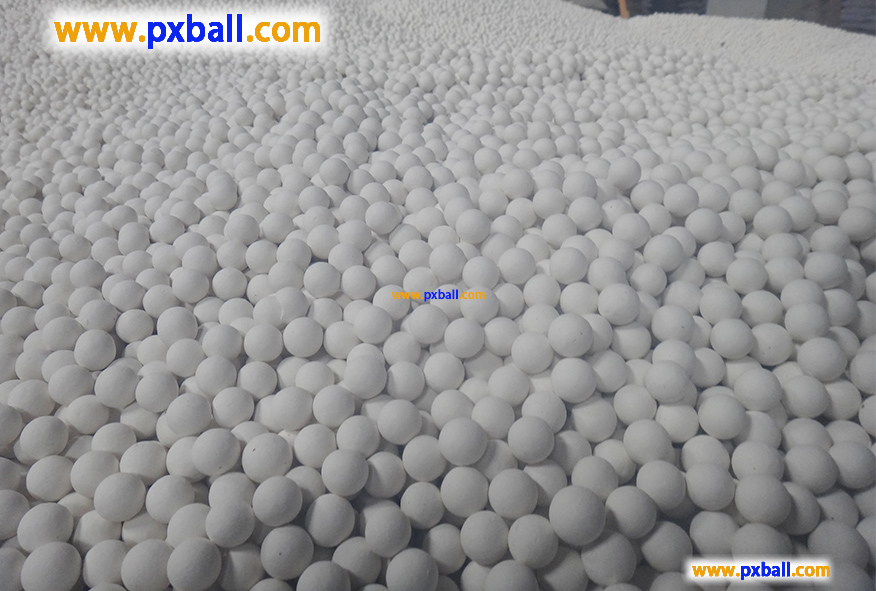
Catalyst Inert Ceramic Packing Process
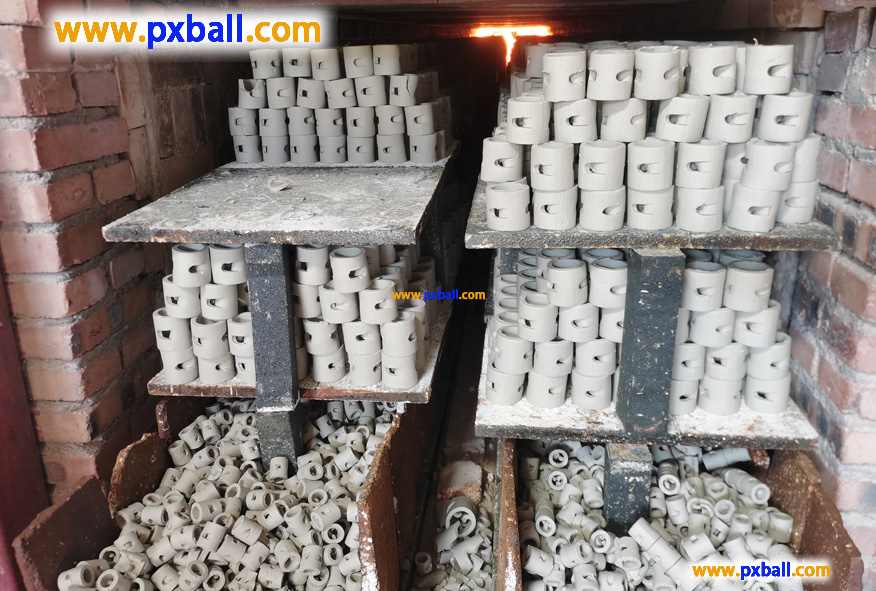
Is ceramic an inert waste?
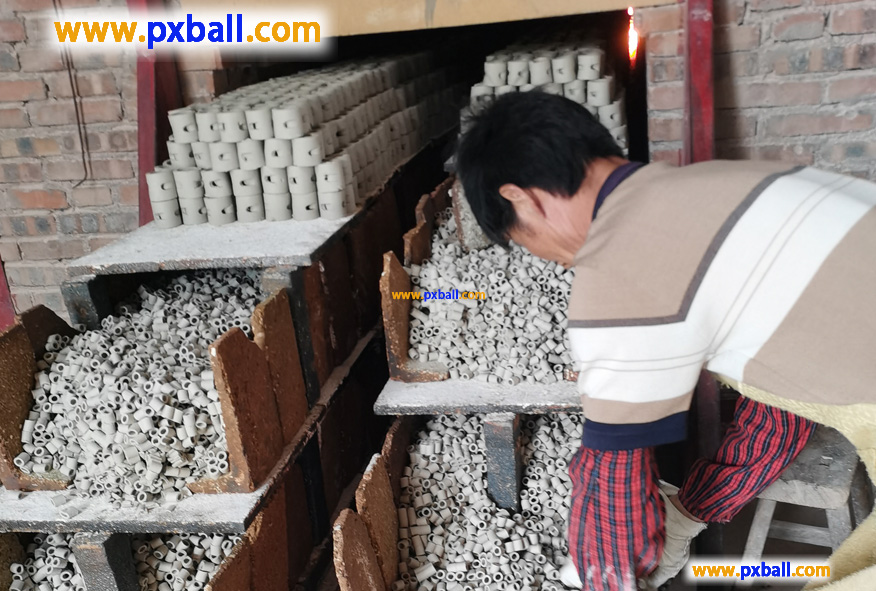
Are ceramics chemically inert?
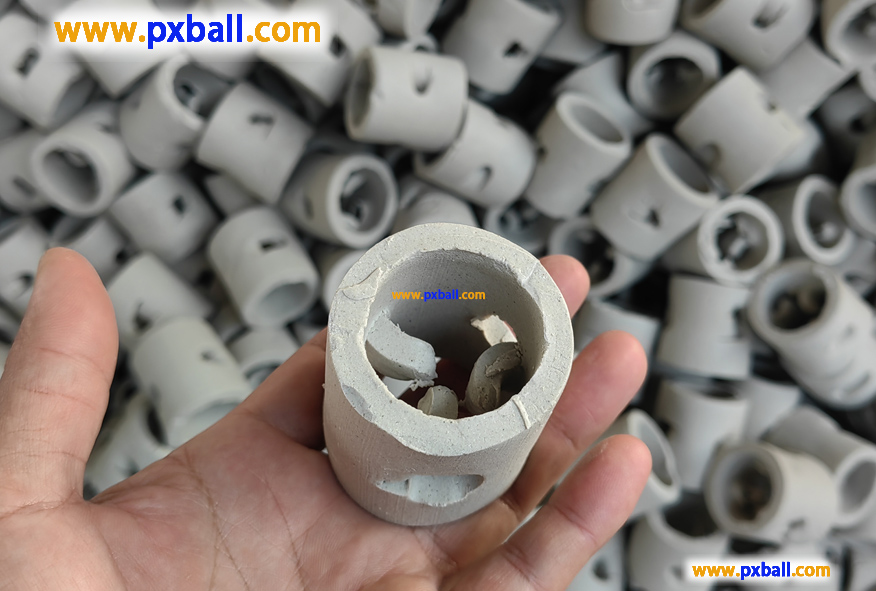
What is inert ceramics?
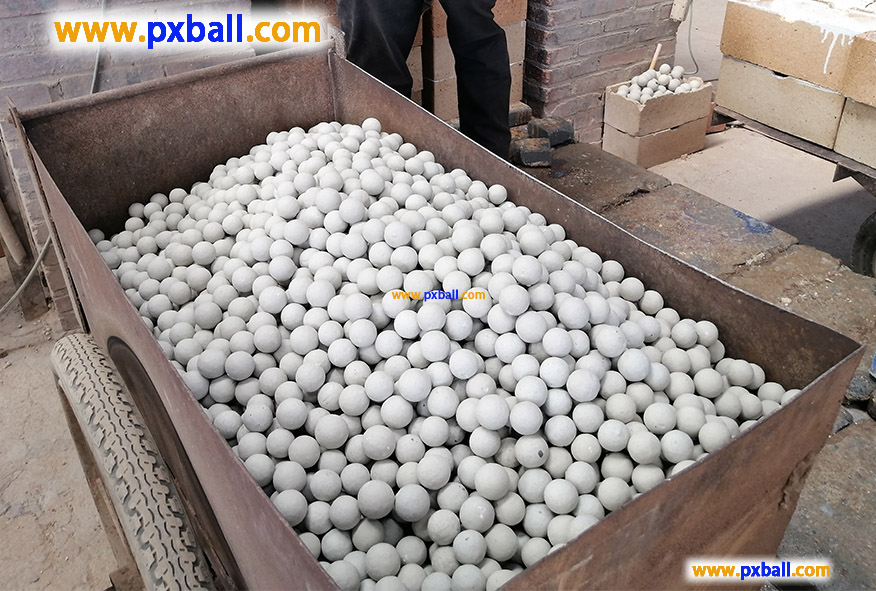
inert alumina ceramic ball density

Why do inert ceramic balls emphasize the level of aluminium content?
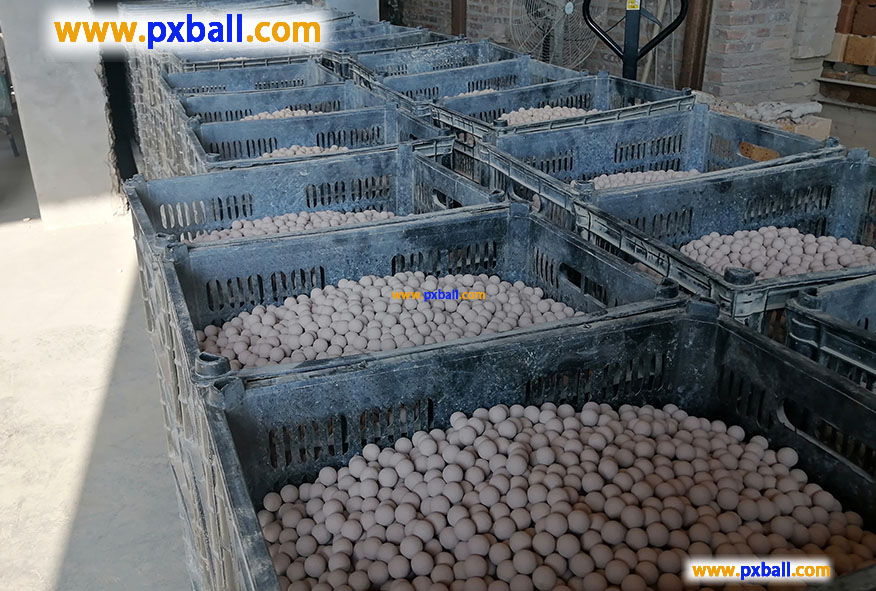
What are alumina ceramic balls used for?
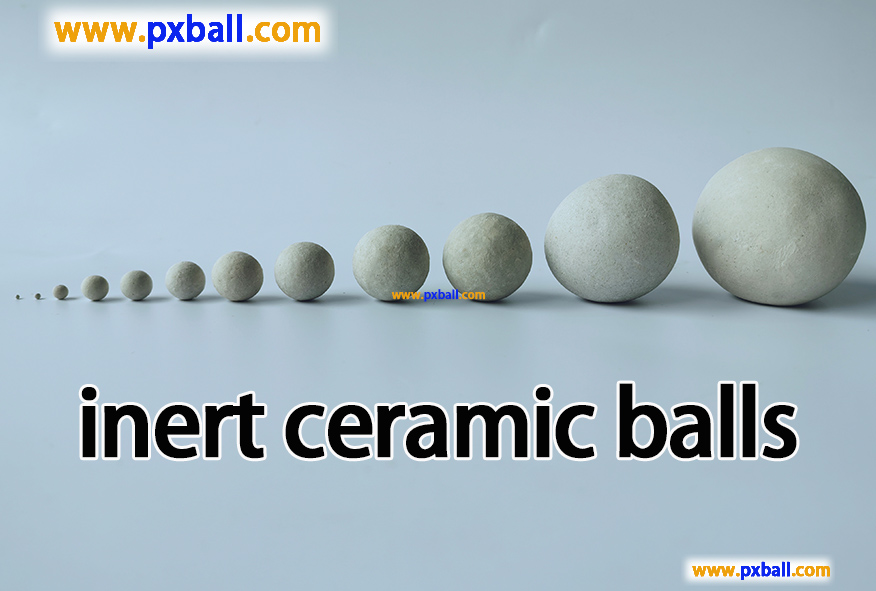
What is inert ceramic ball?